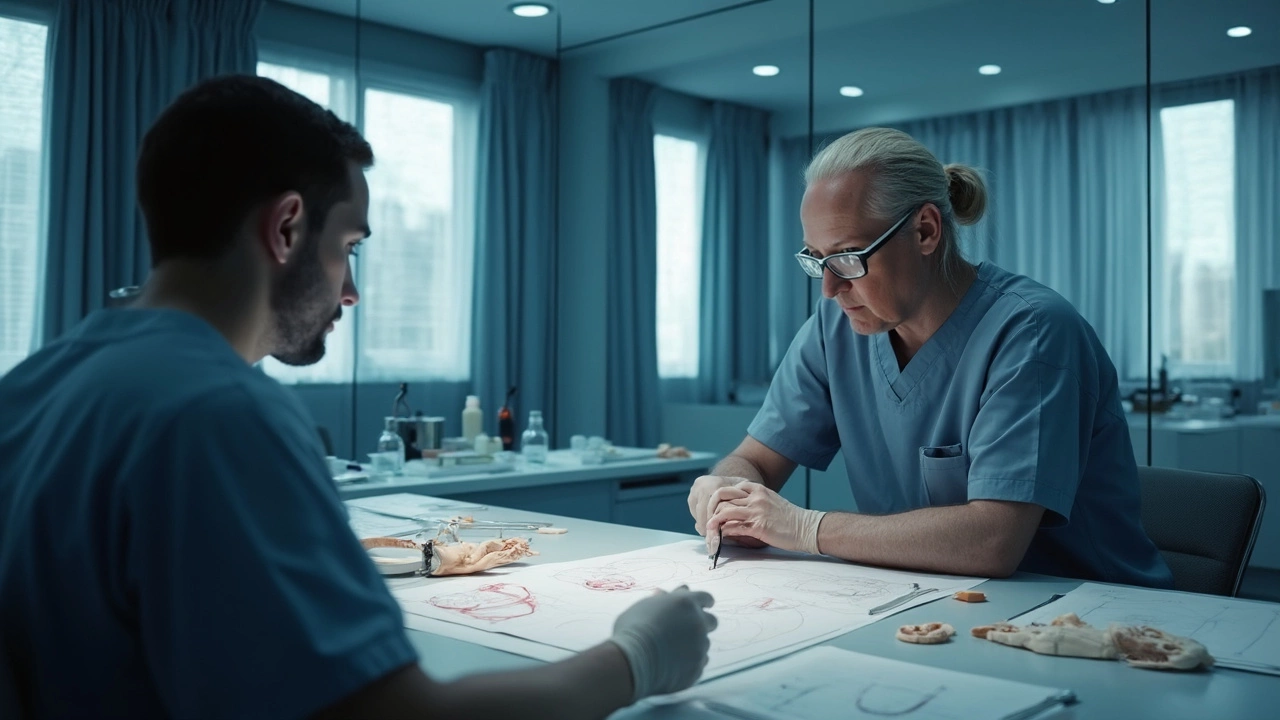Most Difficult Cosmetic Surgery – What Makes a Procedure Tough?
When talking about most difficult cosmetic surgery, the procedures that push technical limits, demand extensive training, and carry high risk. Also known as hardest aesthetic operation, it blends art, science, and precise skill. Understanding why some surgeries rank at the top of the difficulty ladder helps you weigh options and set realistic expectations.
One core cosmetic surgery, elective procedures that enhance appearance often involves plastic surgery, the broader medical field covering reconstruction and aesthetic work. When a cosmetic task overlaps with complex reconstruction—think facial nerve grafts or extensive body contouring—the difficulty spikes. The link between these entities is clear: the more a procedure leans on advanced microsurgery, the higher the technical challenge.
Key Factors That Drive Difficulty
First, the anatomical area matters. Surgeries on the face, especially around the eyes, lips, and nose, demand sub‑millimeter precision because any misstep shows instantly. Second, the required techniques, such as free‑flap transfer or vascular anastomosis, are hallmarks of microsurgical procedures, operations that reconnect tiny blood vessels and nerves. Third, patient‑specific variables—like scar tissue, previous surgeries, or connective‑tissue disorders—can turn a routine lift into a marathon of adjustments. Together, these factors create a semantic triple: "Most difficult cosmetic surgery requires advanced microsurgical techniques," and "Patient recovery influences perceived difficulty," tying skill, anatomy, and aftercare into one puzzle.
Recovery is another piece of the difficulty puzzle. Post‑operative care after a high‑risk aesthetic procedure often involves intensive monitoring, specialized dressings, and a strict regimen of medications to prevent infection and support tissue healing. When a surgery involves large tissue rearrangements, the risk of complications such as flap loss or nerve damage rises, demanding vigilant follow‑up. This highlights the semantic connection: "Effective post‑operative care reduces complications in complex cosmetic surgery," underscoring how recovery protocols shape the overall challenge.
Cost and hospital logistics also play a role. Highly technical surgeries usually require a specialized operating room, a multi‑disciplinary team, and longer anesthesia time, all of which increase the financial burden. Understanding the economic side helps patients see why certain procedures carry premium pricing. In short, "Hospital resources and surgeon expertise drive the expense of the most demanding aesthetic operations," linking the specialty’s difficulty to its economic impact.
Finally, the surgeon’s experience is the decisive factor. A clinician who has performed hundreds of intricate reconstructions will navigate anatomical variations far more smoothly than someone still building their case log. This expertise translates into lower complication rates and quicker, smoother healing for patients. So, "Surgeon proficiency directly influences outcome quality in complex cosmetic surgery," completing our web of relationships.
Now that you see how anatomy, technique, recovery, cost, and expertise intertwine, you’ll appreciate why certain procedures sit at the top of the difficulty chart. Below, you’ll find articles that dive deeper into specific surgeries, cost‑saving tips, and real‑world advice to help you make informed decisions about any high‑risk aesthetic journey you’re considering.

Most Challenging Cosmetic Surgeries: What Makes Them So Difficult?
Uncover which cosmetic surgeries challenge even top surgeons, why they're so difficult, and what real patients should know before going under the knife.
© 2025. All rights reserved.